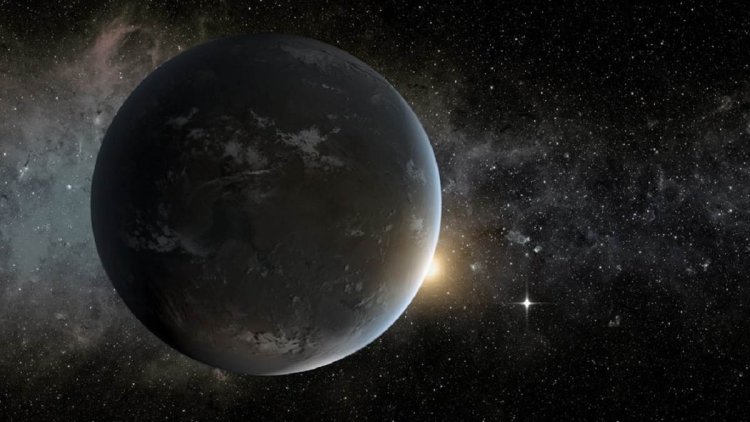New Planets Discovered: So many amazing new planets discovered so far in 2022, you will be surprised to know the number
New Planets Discovered In 2022 Planetary scientists point several distant exoplanets to distant stars and look for a drop in their brightness by pointing specialized telescopes such as NASA's famed Kepler telescope.

It has been a historic year to discover new and fascinating worlds. In 2022, NASA surpassed 5,000 confirmed exoplanets, which are alien worlds beyond our solar system. This includes a variety of distant planets, including (perhaps rocky) super-Earths, gas giants like Jupiter, ice giants like Neptune, and beyond. Although planetary scientists have discovered thousands of these curious places. It is likely that there are over a trillion exoplanets in our galaxy alone.
The James Webb Space Telescope, the most powerful telescope of its kind ever built, will peek into the atmospheres of some of the planets in the coming year, giving scientists unprecedented insight into these still largely mysterious jewels.
Some of the most recent discoveries made so far in 2022 are fascinating and extreme worlds.
Scientists looked at many distant exoplanets by pointing specialized telescopes such as NASA's famed Kepler telescope at distant stars and looking for a drop in their brightness. This is a strong indication that a planet has passed in front of that star.
Sometimes scientists can even glimpse an exoplanet's atmosphere (a feat that will become more common with the powerful Webb Telescope). Recently, researchers found that there are metals and gems present in the air on the cooler side of WASP-121 b, an exoplanet about 855 light-years away from Earth. There it is cold enough for metals in the higher atmosphere such as magnesium, iron, vanadium, chromium and nickel to condense into clouds.
How could such metallic clouds look like? "I don't think we can say how they will look for sure, because cloud formation is complex and we don't have such clouds in our own solar system to take a closer look,"
An astronomer at the Max Planck Institute for Astronomy and a lead author of the research told Mashable that he speculated that these extraterrestrial clouds could be similar to a dust storm on Earth. Some clouds may be blue or red in color and others gray or green.
Sometimes, clouds can condense further into droplets, which ultimately means gems are raining down from the sky.







